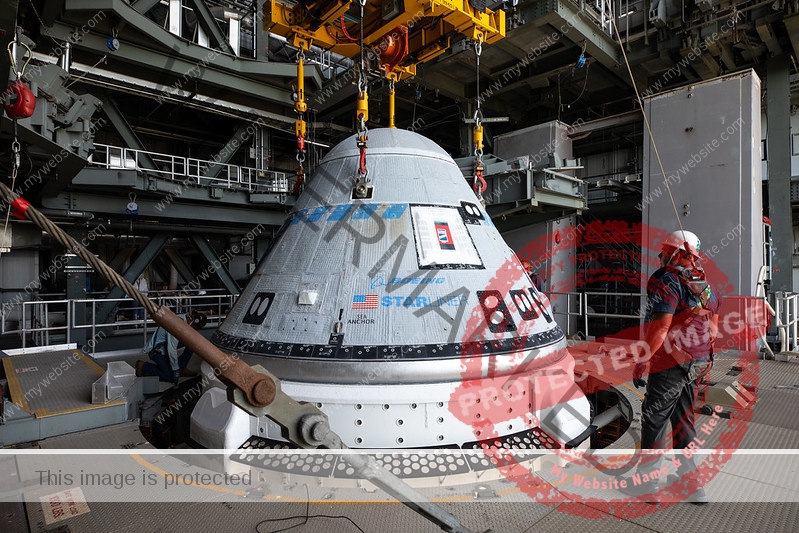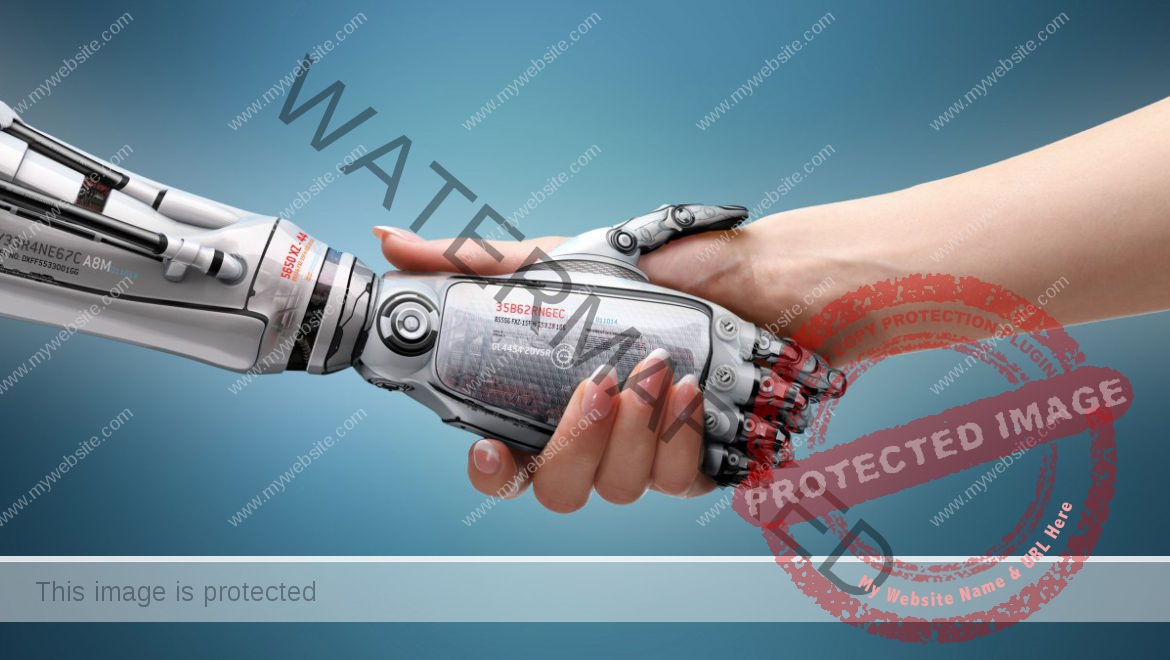Ibotta confidently submitted an S-1 filing with the SEC on March 22 with the intent to list its shares on the New York Stock Exchange. The 13-year-old cash-back startup looks to make its public debut after turning profitable and recording impressive revenue growth in 2023.
The company reported $320 million in revenue in 2023, up 52% from 2022 when it produced $210 million in revenue. Ibotta’s gross profits grew 68% from 2022, $164.5 million, to 2023, $276 million.
The Denver-based company started as an app for consumers to get cash back on purchases through Ibotta’s brand partnerships. The company has since expanded into building back-end software for reward programs for enterprise customers including Exxon, Shell and Walmart.
Ibotta’s move into B2B2C — selling to companies that then use those products to sell to consumers — is likely a key reason why investors may be interested in this IPO, says Nicholas Smith, a senior equity research analyst at Renaissance Capital, a research firm focused on pre-IPO and IPO-focused ETFs. Selling to companies also likely played a big role in Ibotta’s recent financial gains.
“The fact that [Ibotta] has become, with Walmart, more of an enterprise software play, basically being the back-end for its Walmart cash rewards program, that lends more credence to it,” Smith said. “[Compared to] ‘Hey we have this app and we need to grow users and continue down that avenue.’”
The company started building its enterprise program, known as Ibotta performance network (IPN), back in 2020. Its partnership with Walmart also started in 2020 but expanded its IPN partnership with the retail giant in 2022. According to the S-1, this partnership plays a big role in Ibotta’s revenue boost.
“Our revenue growth significantly accelerated with the addition of new publishers to the IPN,” according to the S-1. “Most recently, the rollout of our offers on the digital property of Walmart has attracted larger audiences, and in turn, resulted in greater spend by CPG brands and a greater number of redeemed offers. These developments have increased our scale, growth, and profitability.”
Putting the Ibotta comment into perspective, from 2022 to 2023 its direct-to-consumer business grew by 19%, a respectable amount. The company’s enterprise business (“third-party publishers revenue” in its filing), by contrast, grew 711% over the same time frame, scaling from just under $10 million to just over $80 million in a single year. That growth, and a resulting improvement in its gross margins — from 78% in 2022 to around 86% in 2023 — helped the company flip from persistent net losses to consistent profitability.
Quarterly data from Ibotta underscores how recently — and rapidly — it became a profitable company. From Q1 2022 through Q1 2023, the company posted regular, decreasing net losses. In the first quarter of 2022 it had negative net income of $22.9 million, which declined to $4.3 million one year later. Then, starting in the second quarter of 2023, it began to generate regular profits, which grew to $18.6 million by the last quarter of last year.
Rapid revenue growth, an expanding secondary revenue line, improving revenue quality and GAAP profits all came together for Ibotta to list its shares. If it stumbles even with those backing characteristics, late-stage venture-backed startups could view its debut as a cautionary tale.
But there is reason to expect that its growth will continue. The company has signed IPN partnerships with Family Dollar, Kroger, Exxon and Shell, implying broad corporate demand, even if the extent of those relationships is less clear compared to Ibotta’s partnership with Walmart. The S-1 did not clarify how long Ibotta’s partnership with Walmart is contracted for, but it did mention that if the retailer does end the relationship, it would have a material impact on Ibotta’s business.
The biggest question that remains is how Ibotta will price its shares. While the company likely chose to file its intent now — it originally hired bankers back in November — to ride the recent wave of successful IPOs from Astera Labs and Reddit, Ibotta is very different from both of those companies.
Ibotta has seen very little, if any, secondary activity according to secondary data platforms, which makes it hard to gauge how investors are currently valuing the startup. Smith said the pricing could go a few ways considering the company has multiple revenue streams that traditionally get valued quite differently.
“It’s hard because there is no perfect comp,” Smith said. “It’s a little bit of an adtech company, maybe getting more [into] enterprise software. [If it’s] looked at truly from a tech perspective, it will probably go for a high multiple, if it’s more sort of adtech or even consumer it might be lower.”
Smith added that if investors peg it more as an advertising or marketing company that it might price similarly to how Klaviyo, the digital marketing company, was priced last fall. Klaviyo priced at $31 a share, $1 above its target of $30, which gave it a valuation of $9.2 billion, a hair below its previous primary round valuation of $9.5 billion. The company currently has a market cap of $6.8 billion.
Ibotta has raised a little over $90 million in venture capital from funds including GGV Capital, Great Oak Ventures and Teamworth Ventures, among others, in addition to a slew of angel investors including Thomas Jermoluk and Jim Clark, the co-founders of Beyond Identity. The company was last valued at $1.08 billion.













